From Kumano City to the Kumano Kodo: An Abundance of Natural Wonders
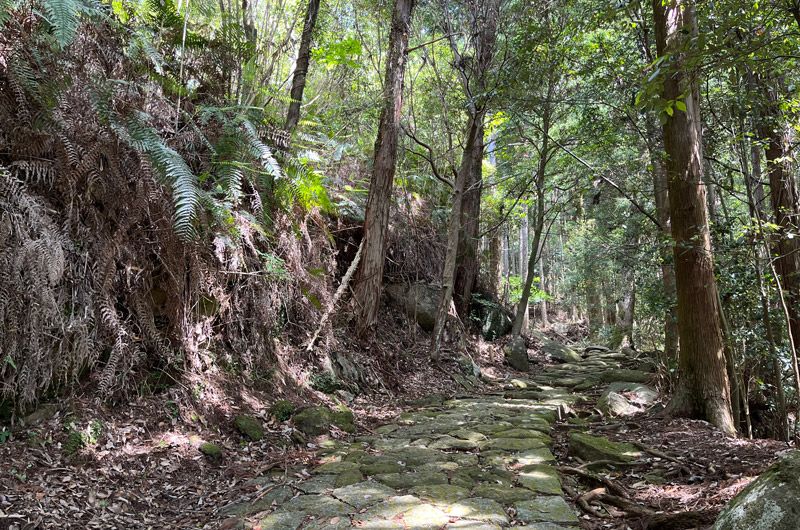
The area around Kumano City is packed with incredible things to see and do, from the ancient cobblestone hiking trails of Kumano Kodo to the unusual Onigajo rock formations, to Japan’s oldest shrine, Hana no Iwaya Shrine, and the must-see Maruyama Senmaida Terraced Rice Paddies. It makes a satisfying one-day tour.
Written by Adam Douglas
Table of contents
・Kumano Kodo: Matsumoto-toge Pass
・Onigajo and Lunch
・Hana no Iwaya Shrine
・Shishi-iwa
・Maruyama Senmaida Terraced Rice Paddies
・Mehari-Zushi (Sushi)
・Wrap-up
Kumano Kodo: Matsumoto-toge Pass
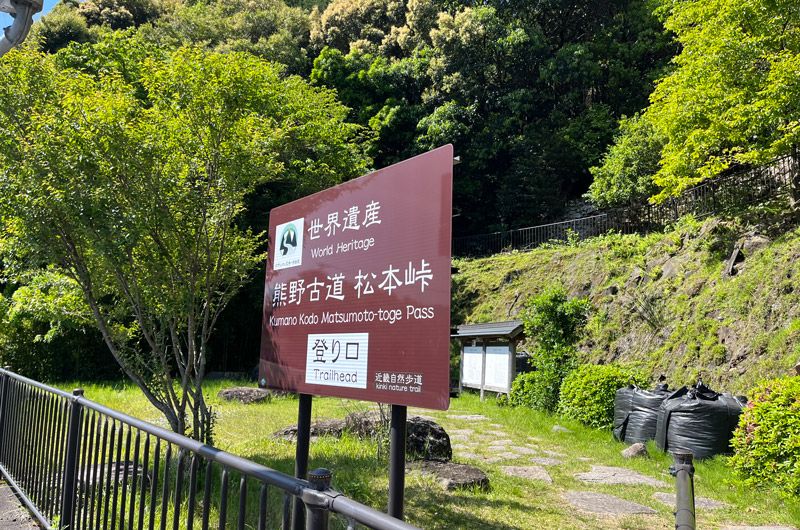
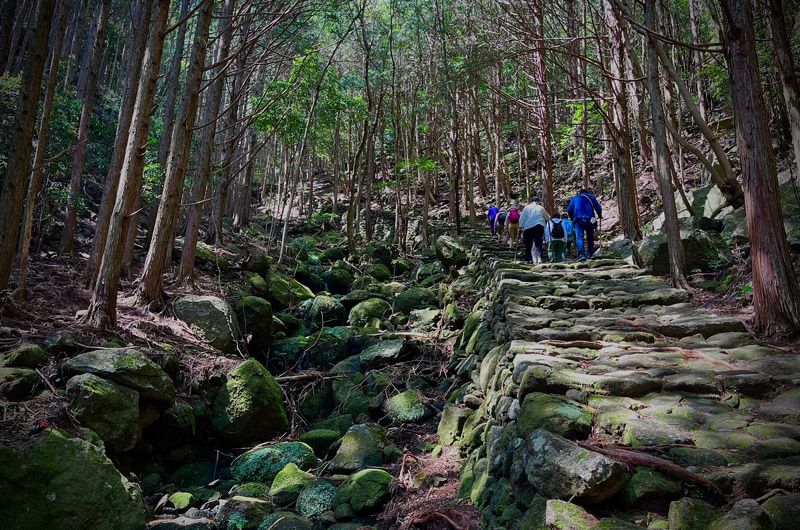
Kumano Kodo is famous for its forested cobblestone trails so I could soak up the gorgeous atmosphere. A fan of Japanese history, I could imagine myself as a religious pilgrim of the samurai era.
Reaching the peak of the mountain, I came across a statue of Jizo. I was happy to see this guardian deity of travelers and surprised to learn that a hunter once mistook the statue for a ghost and shot it!
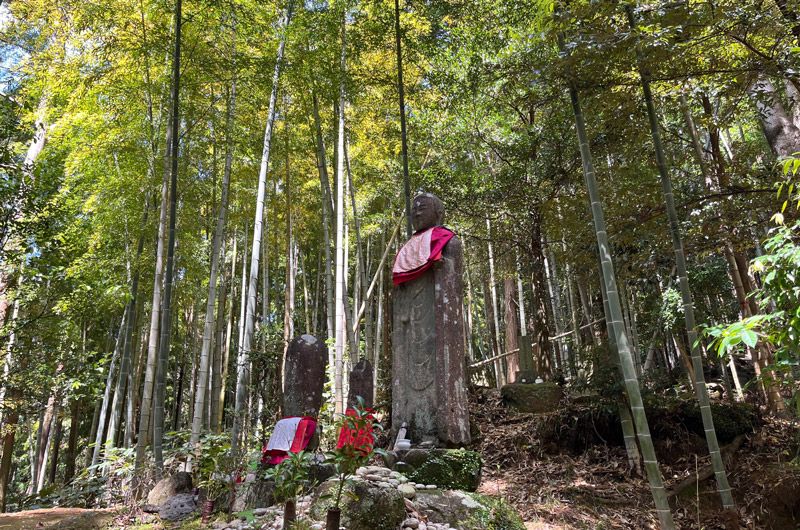
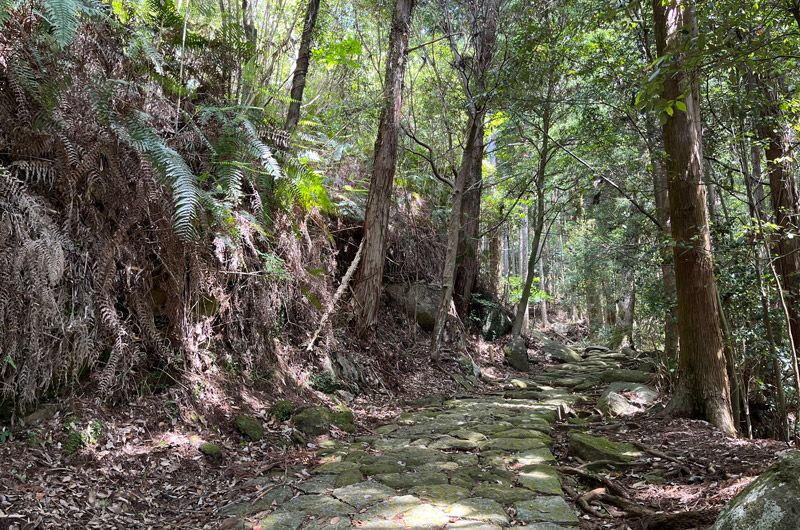
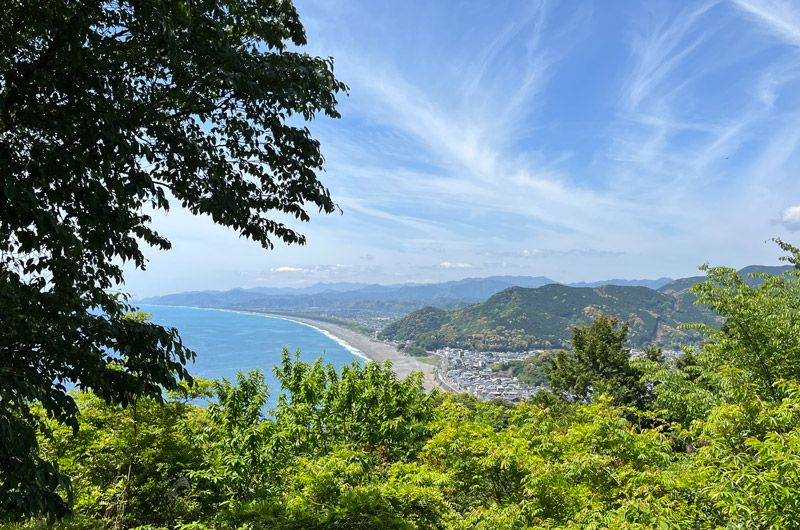
Onigajo and Lunch
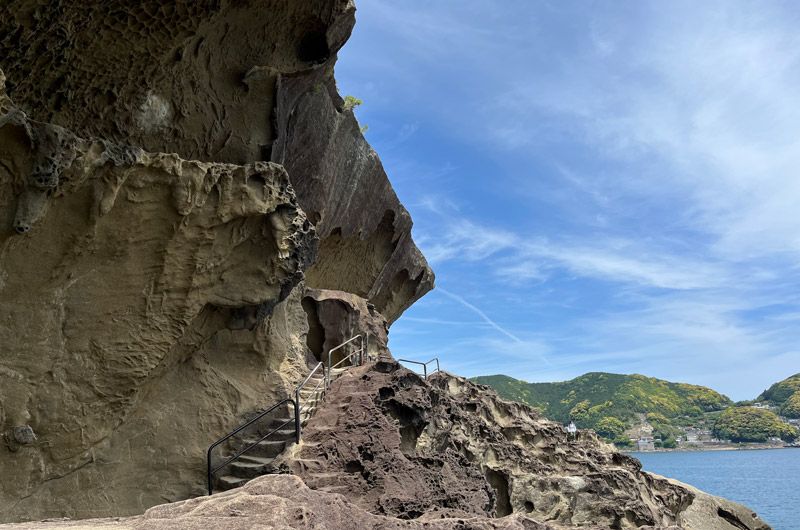
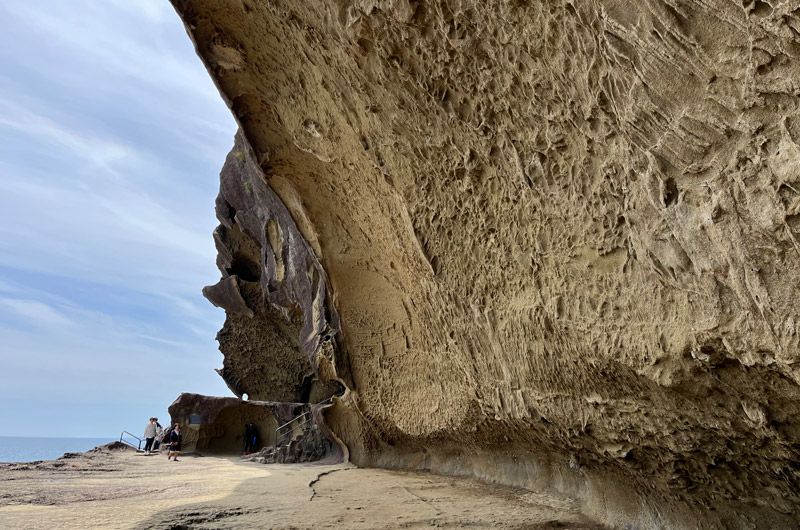
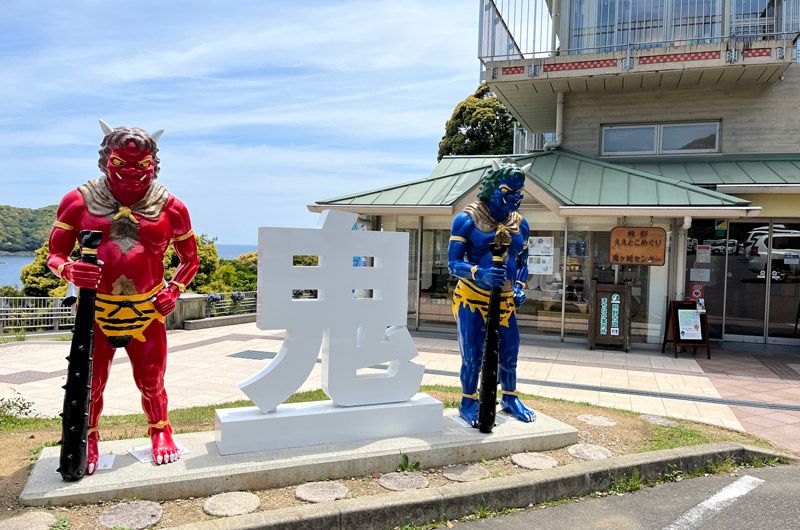
Hana no Iwaya Shrine
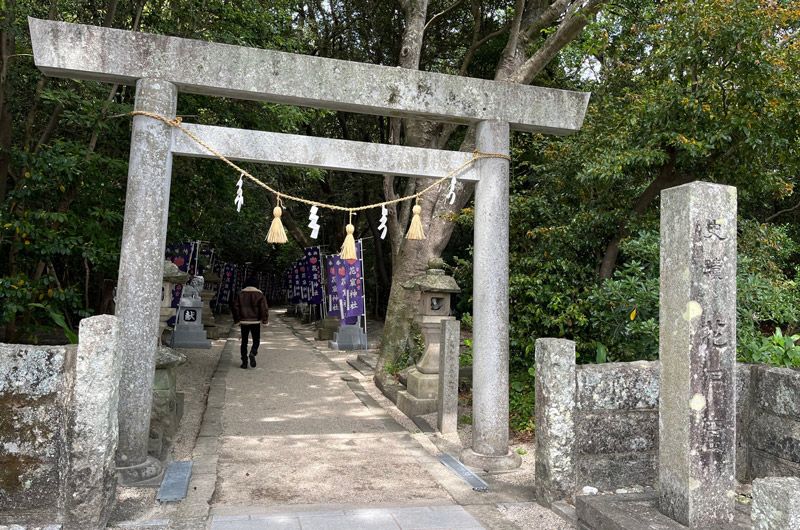
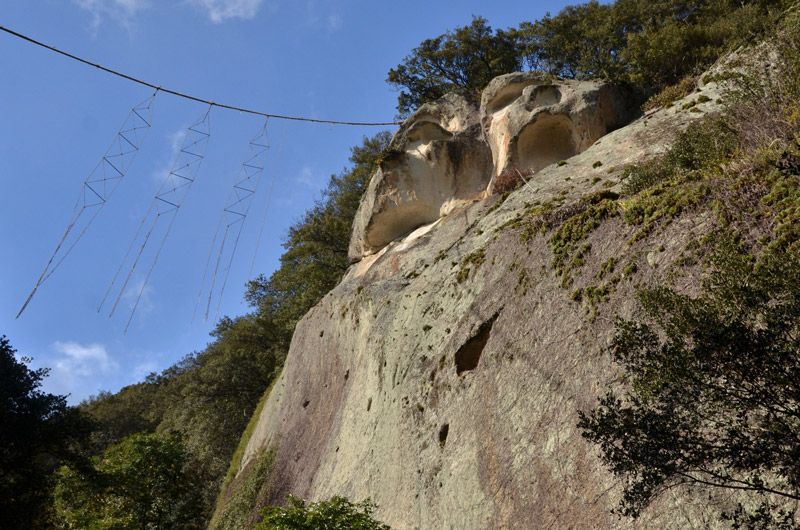
Shishi-iwa
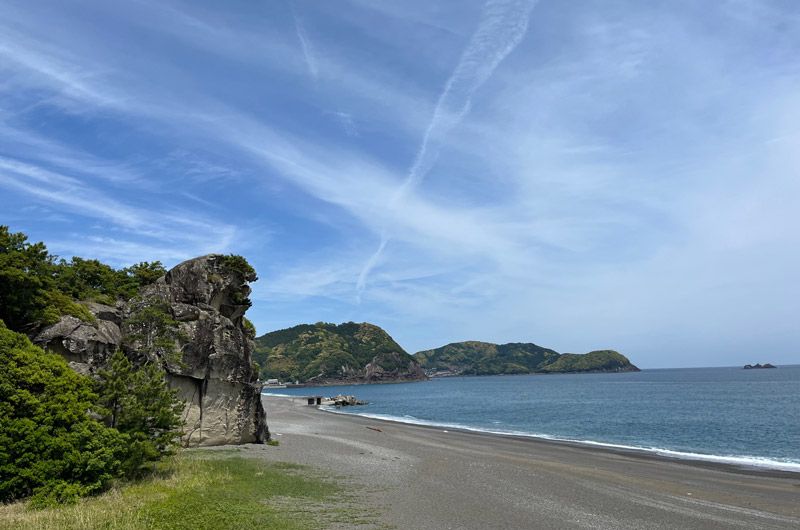
Maruyama Senmaida Terraced Rice Paddies
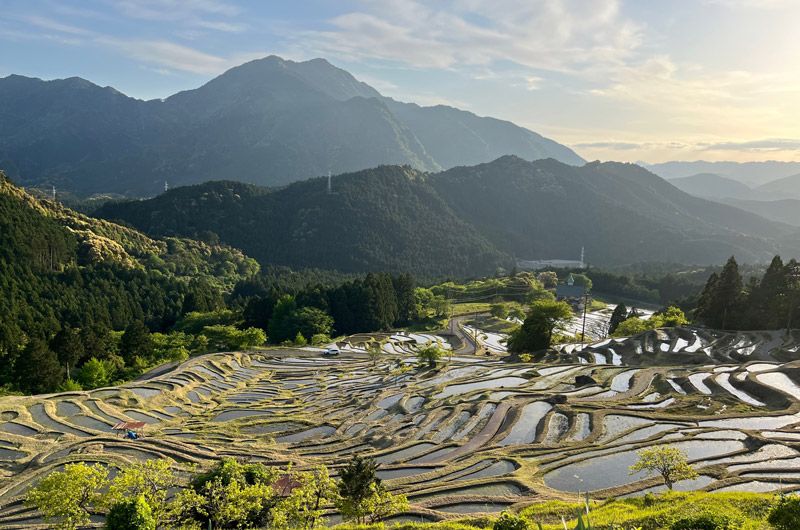
Mehari-Zushi (Sushi)
